See the Ice Like a Coach
Reading Systems in Motion
Decoding power-play formations
Understanding penalty-kill choices
Short-handed danger and discipline
Mastering Matchups and the Last Change



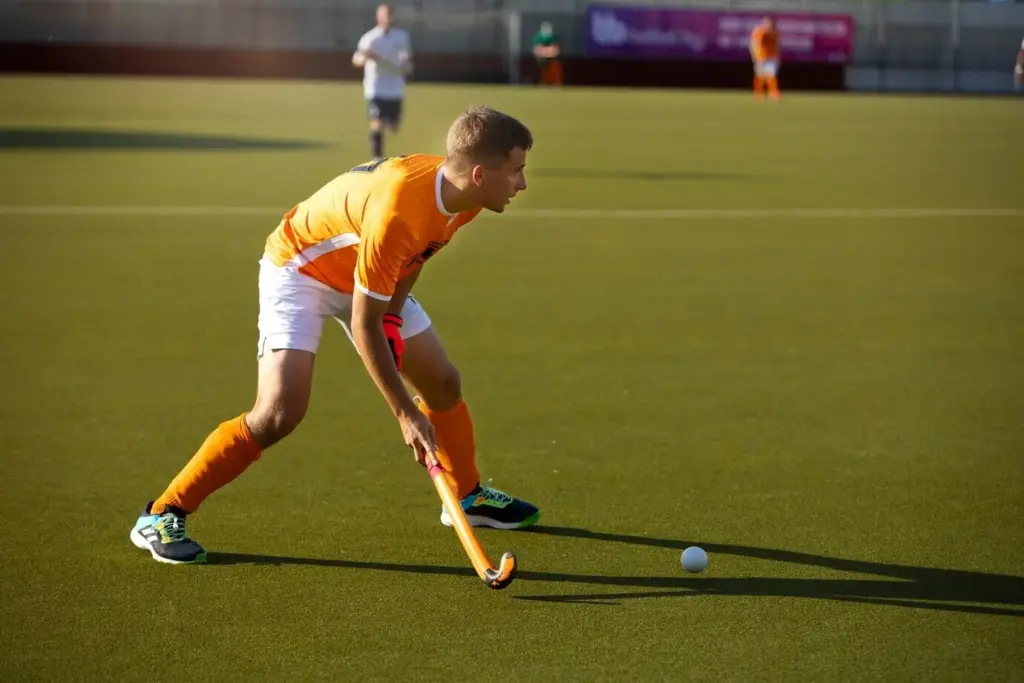
Goaltending Context That Changes Everything

Transition Truths: From Retrieval to Rush
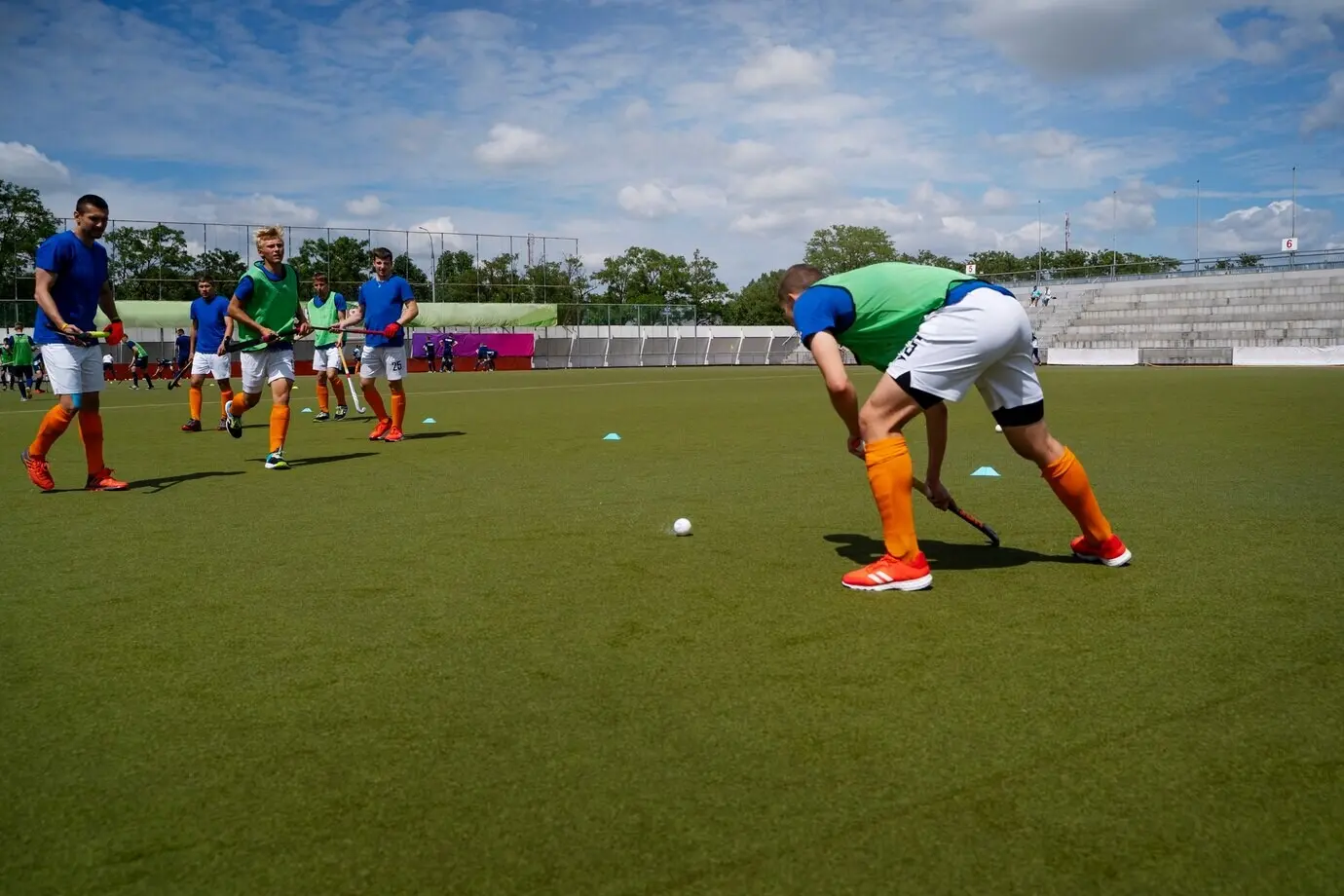
Breakout blueprints you can spot
Notice the wheel when pressure chases one side, the reverse when F1 overcommits, and the hinge through support when both sides are sealed. Centers curling deep create outlets; wingers slash for speed. Clean first touches feed numbers, while bobbles invite painful, momentum-killing extended shifts against structured pressure.
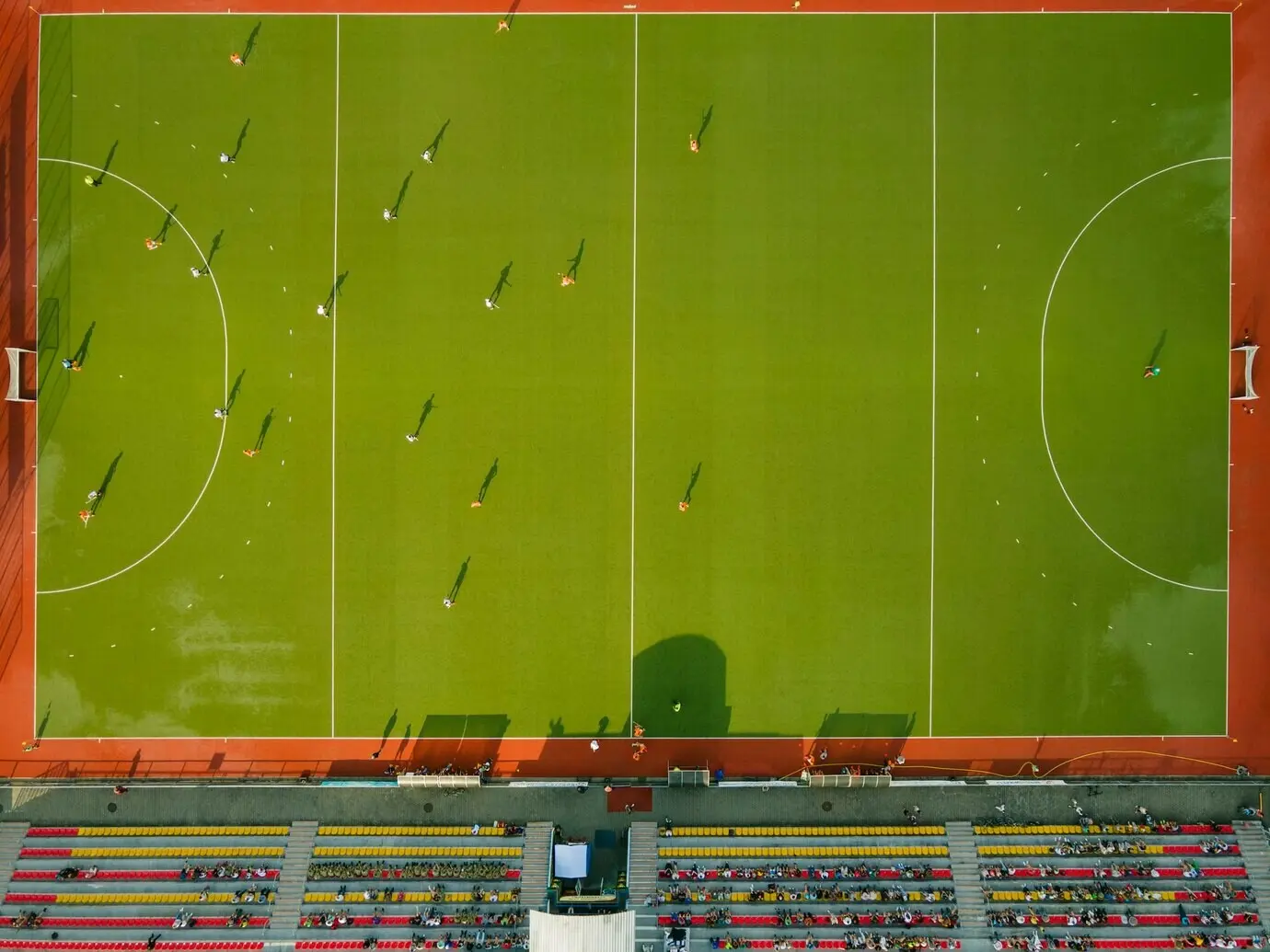
Entries, dumps, and retrieval math
Controlled entries yield shots and passes but risk counterattacks if support lags. Smart chips behind tired defenders can be brutal when forecheck layers arrive on time. Watch who retrieves first, where second support arrives, and how third-man caution balances ambition, minimizing odd-man rushes against late in periods.
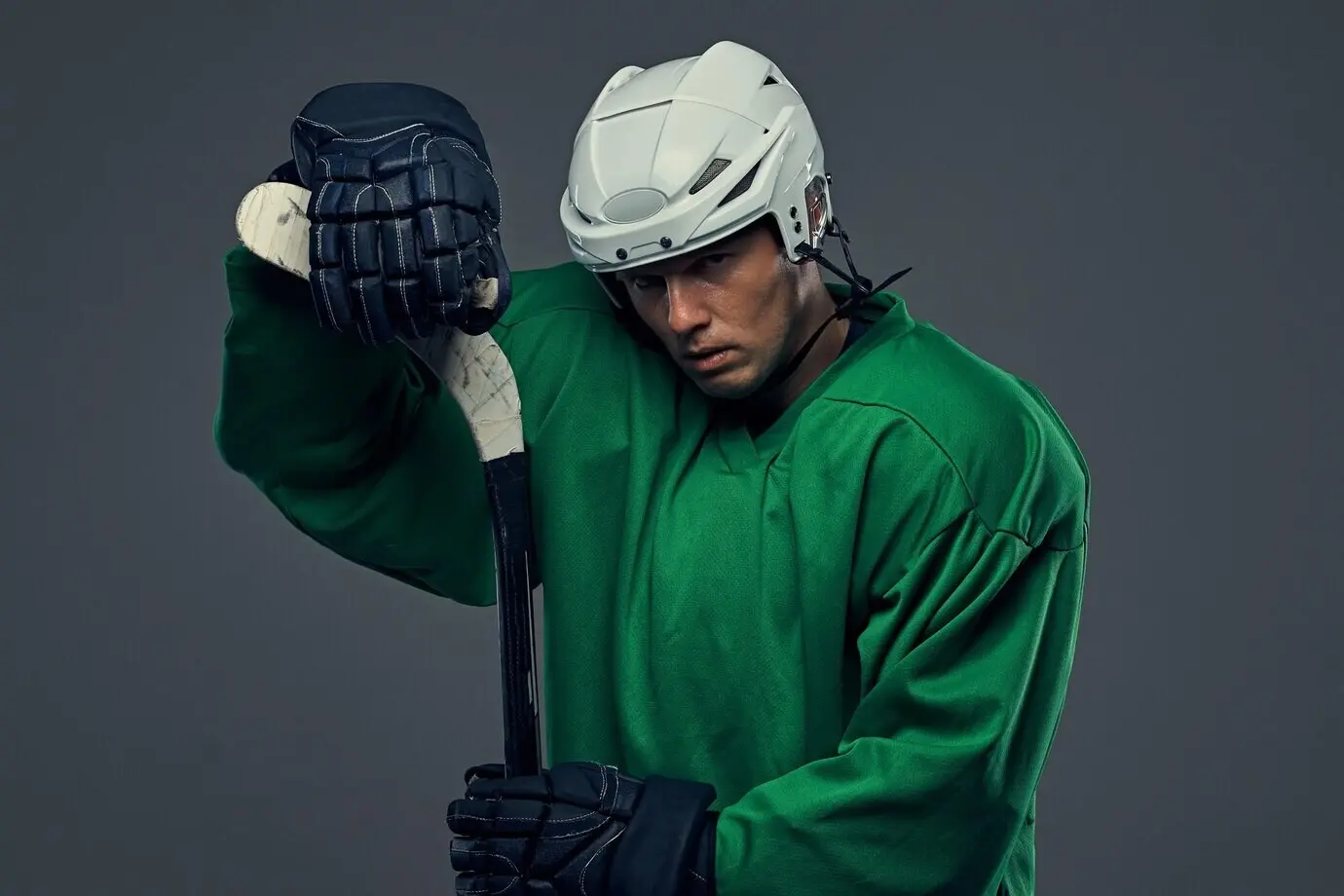
Shift length, changes, and hidden fatigue
Thirty-second bursts feel ideal, yet real shifts stretch under pressure or after icings. Track bench distance in the second period, risky long changes, and how coaches stagger substitutions to protect structure. Anticipating tired legs explains late goals, sloppy sticks, and sudden mismatches that only patient watchers notice.
Make It Interactive: Notes, Numbers, and Conversations
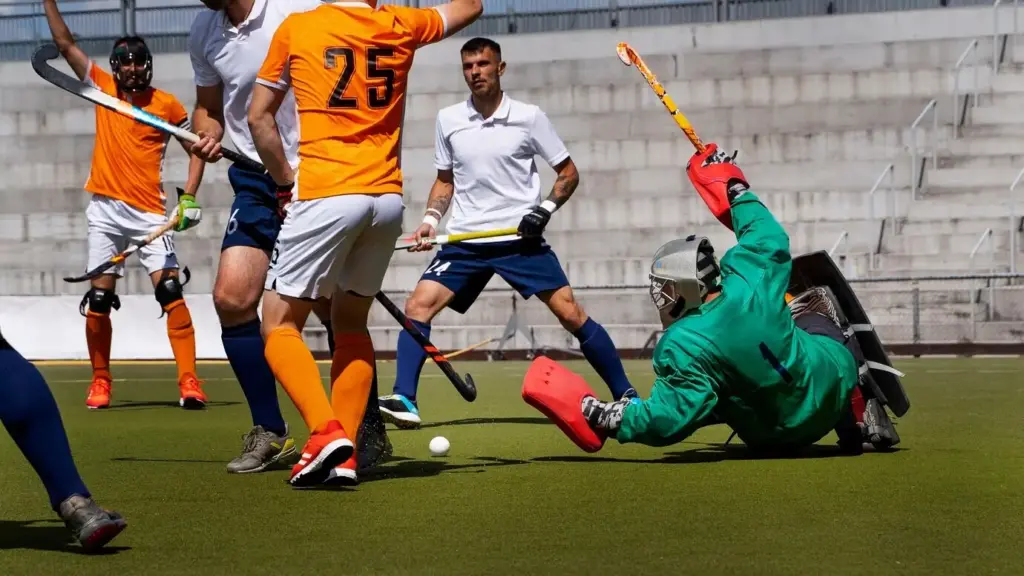

A simple checklist for every period
Before puck drop, pick three cues: forecheck type, matchups for the top line, and special-teams trends. Between intermissions, review entries with control, rebound threats, and bench decisions. Small, consistent notes sharpen perception, accelerate learning, and make every future game richer, clearer, and more emotionally satisfying.


Blend numbers with the eye test
Use expected-goals, high-danger chances, and entries with control as anchors, then explain outliers using context like injuries, travel, and back-to-backs. Numbers guide attention; your eyes explain causes. Together they reveal which patterns repeat reliably and which bursts are noise, helping conversations stay curious rather than combative.